
Starting June 1st, 2023 Our warehouse fee will be $0.65/cubic foot per month
In effort to lower the warehouse storage fee during inflation, we have went narrow aisle racking.This construction took us four months but the project is finally completed. With narrow aisle racking, we are able to drop storage by 24%.We as partners will go through this inflation together.
03/19/2024
The logistics industry, responsible for the seamless movement of goods across global supply chains, is facing a significant challenge: cargo theft. The illicit act of stealing merchandise during transportation has become a pervasive problem, with escalating frequency and financial ramifications. This article delves into the alarming rise of cargo theft, exploring its modus operandi, financial implications, and strategies to combat it.
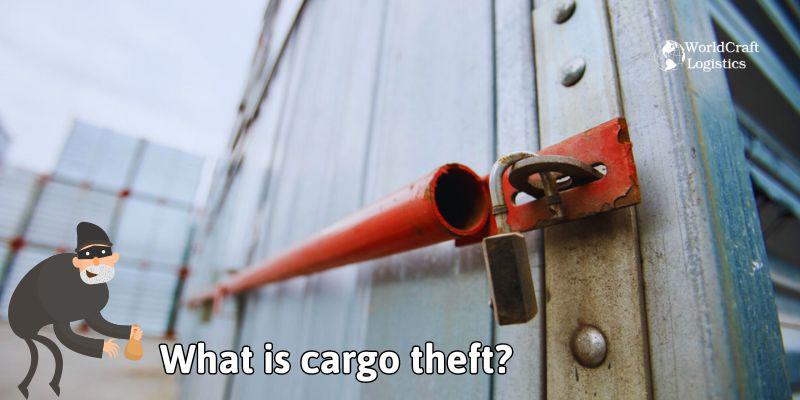
Cargo theft, also known as freight theft, is the unauthorized taking of goods from a shipment while it is in transit or being stored. It is a growing concern in the logistics industry, with an increasing number of incidents reported globally. According to the Transported Asset Protection Association (TAPA), cargo theft is a multi-billion dollar problem that affects businesses, insurers, and the economy as a whole.
If you are looking for some new knowledge, read the articles below:
👉 What is BCO (Beneficial Cargo Owner) in shipping?
👉 What is cargo insurance? Should you buy import-export insurance?
👉 What is bulk cargo? Discover the essentials of bulk shipping
Cargo thieves employ various tactics to intercept and steal shipments. The most common methods include hijacking, financial fraud, insider theft, cargo switching, and warehouse break-ins.
Hijacking involves the use of force or deception to seize vehicles in transit. This method is commonly used by organized criminal groups who target high-value shipments. They may use weapons, such as guns or knives, to intimidate drivers and take control of the vehicle. In some cases, they may also use fake police uniforms or badges to deceive drivers and gain access to the shipment.
Another common tactic used by cargo thieves is financial fraud. This involves exploiting false identities or forged documents to deceive carriers. For example, thieves may use fake bills of lading or other shipping documents to gain access to the shipment. They may also pose as legitimate carriers or customers to trick logistics companies into releasing the cargo to them.
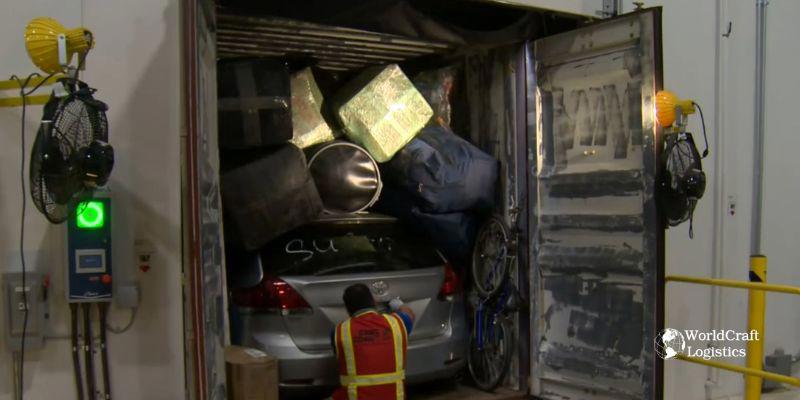
Collaborating with employees within logistics companies is another way for cargo thieves to steal shipments. Insider theft can involve providing inside information about the shipment, such as its route and schedule, to the thieves. In some cases, employees may also actively participate in the theft by tampering with tracking devices or disabling security measures.
Cargo switching is a method where thieves replace valuable goods with cheaper substitutes during transportation. This tactic is commonly used for high-value shipments, such as electronics or pharmaceuticals. Thieves may switch the cargo at a rest stop or while the vehicle is parked, making it difficult to trace the stolen goods.
Forcibly entering warehouses and stealing stored merchandise is another modus operandi of cargo thieves. They may use tools such as crowbars or bolt cutters to break locks and gain access to the warehouse. This method is often used for large-scale thefts, where the thieves have prior knowledge of the contents and value of the goods stored in the warehouse.

Cargo thefts inflicts substantial financial losses on businesses, insurers, and the economy as a whole. The FreightWatch International Benchmark Report estimated that global cargo theft cost businesses over $34 billion in 2021 alone. This includes the value of the stolen goods, insurance claims, and operational costs incurred due to delays and disruptions in the supply chain.
The financial impact of cargo theft goes beyond just the direct losses incurred by the affected companies. It also has a ripple effect on the economy, as it disrupts the flow of goods and increases the cost of goods for consumers. Moreover, the rise in cargo theft incidents also leads to higher insurance premiums for logistics companies, which ultimately affects their bottom line.

To combat the rising threat of cargo theft, logistics companies must implement effective strategies to mitigate the risk. These include:
The first step in preventing cargo theft is to conduct a thorough risk assessment of the supply chain. This involves identifying potential vulnerabilities and implementing measures to address them. Companies should also have a contingency plan in place in case of an incident.
Investing in advanced security measures can go a long way in preventing cargo theft. This includes installing GPS tracking devices on vehicles, using tamper-proof seals on containers, and implementing real-time monitoring systems. Companies should also conduct regular security audits to identify any gaps in their security protocols.
Employees play a crucial role in preventing cargo theft. Companies should provide training to their staff on how to identify and report suspicious activities. They should also raise awareness about the risks of cargo theft and the importance of following security protocols.
Collaborating with law enforcement agencies can help companies recover stolen goods and apprehend the perpetrators. Companies should establish relationships with local authorities and provide them with information about their shipments and routes.
Having adequate insurance coverage is essential for businesses to mitigate the financial impact of cargo theft. Companies should work closely with their insurers to understand their coverage and ensure that it is sufficient to cover any losses in case of a theft.
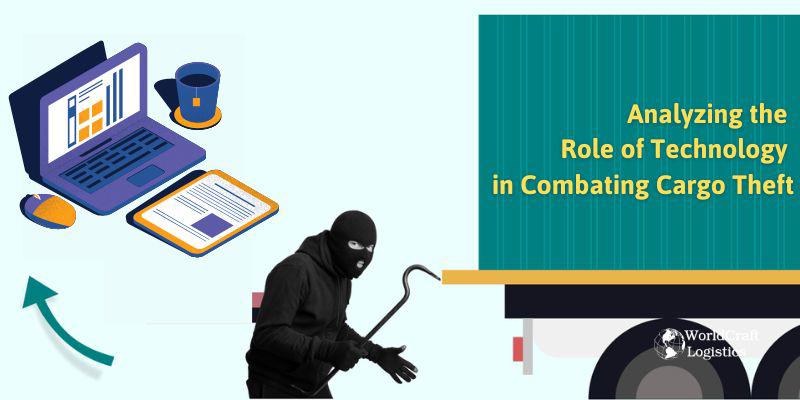
Technology has played a significant role in combating cargo theft in logistics. The use of GPS tracking devices, real-time monitoring systems, and other advanced technologies has made it easier for logistics companies to track their shipments and respond quickly in case of an incident. Moreover, the use of blockchain technology in supply chain management has also increased transparency and reduced the risk of fraud and theft.
While technology can help prevent cargo theft, the human factor cannot be ignored. Insider involvement in cargo theft is a significant concern for logistics companies. Employees who have access to sensitive information about shipments and routes can collude with thieves to facilitate the theft. Therefore, it is crucial for companies to conduct thorough background checks and implement strict security protocols for their employees.

To understand the severity of cargo theft, let us look at some real-life examples of notorious incidents:
One of the most infamous cargo thefts in history, the Great Train Robbery involved a group of thieves who stole £2.6 million from a Royal Mail train in England. The robbers used insider information to plan the heist and successfully intercepted the train, making off with the cash.

In this incident, a group of thieves broke into the Brink's-MAT warehouse near London's Heathrow Airport and stole £26 million worth of gold bullion, diamonds, and cash. The robbers had inside help from a security guard who provided them with information about the warehouse layout and security measures.
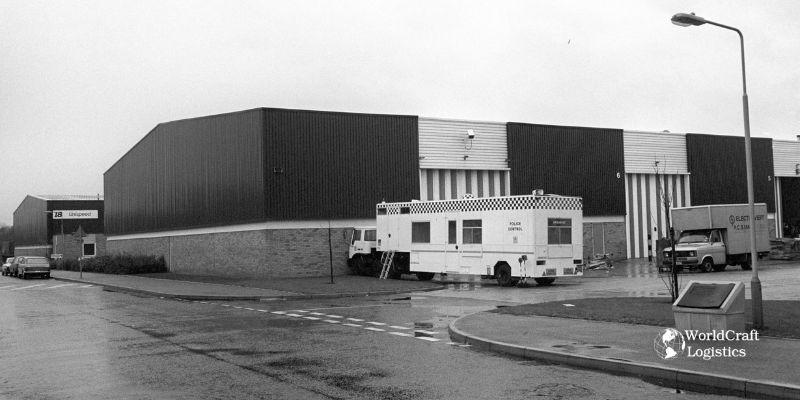
In one of the largest burglaries in British history, a group of thieves broke into the Hatton Garden Safe Deposit Company in London and stole over £200 million worth of jewelry, cash, and other valuables. The thieves used heavy-duty drills and other tools to break into the vault, which was believed to be impenetrable.

Cargo theft is not just a problem for logistics companies; it is also linked to organized crime. Criminal groups often use the proceeds from cargo theft to fund other illegal activities, such as drug trafficking and money laundering. Moreover, the involvement of organized crime makes it difficult for law enforcement agencies to combat cargo theft effectively.
Cargo theft is a global phenomenon, with incidents reported in almost every country. However, certain regions are more prone to cargo theft due to various factors such as weak security measures, high-value shipments, and the presence of organized crime. According to TAPA's 2020 report, the top five countries with the highest number of cargo theft incidents were the United States, Mexico, Brazil, South Africa, and the United Kingdom.
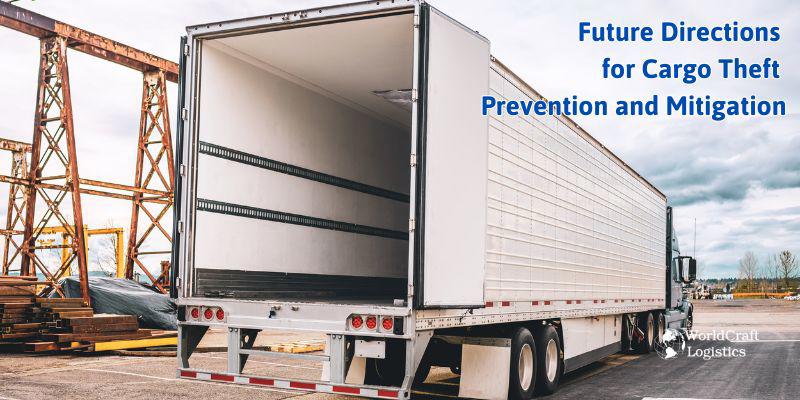
As technology continues to advance, we can expect to see more innovative solutions to combat cargo theft. Companies are investing in artificial intelligence and machine learning technologies to analyze data and identify patterns that can help prevent theft. Moreover, the use of blockchain technology is also expected to increase, providing a secure and transparent way to track and verify shipments.
Cargo theft is a growing concern in the logistics managment industry, causing significant financial impacts on businesses, insurers and the economy. This is a complex problem that requires a multifaceted approach to solve effectively. Companies must invest in advanced security measures, cooperate with law enforcement agencies and increase employee awareness to minimize the risk of cargo theft. Furthermore, the use of technology and stricter regulations can also play an important role in preventing and minimizing the impact of cargo theft. By working together, read the article carefully and join Worldcraft Logistics in creating a safer and more secure supply chain for moving goods globally.
SEO
Digital Marketing/SEO Specialist
Simon Mang is an SEO and Digital Marketing expert at Wordcraft Logistics. With many years of experience in the field of digital marketing, he has shaped and built strategies to effectively promote Wordcraft Logistics' online presence. With a deep understanding of the logistics industry, I have shared more than 500 specialized articles on many different topics.

Education
01/05/2025

Education
02/18/2025

Education
01/01/2024

Education
08/28/2024
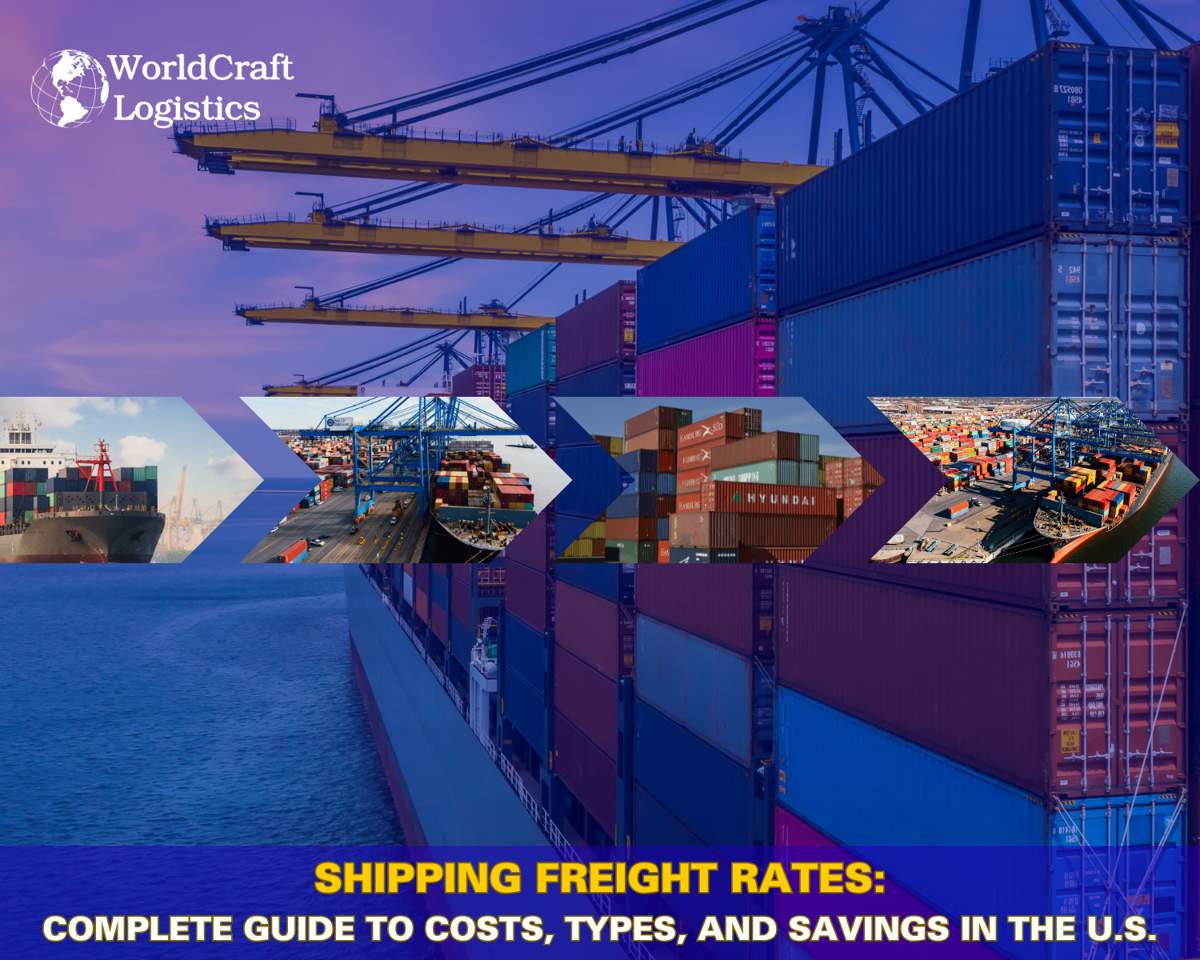
Education
09/09/2025